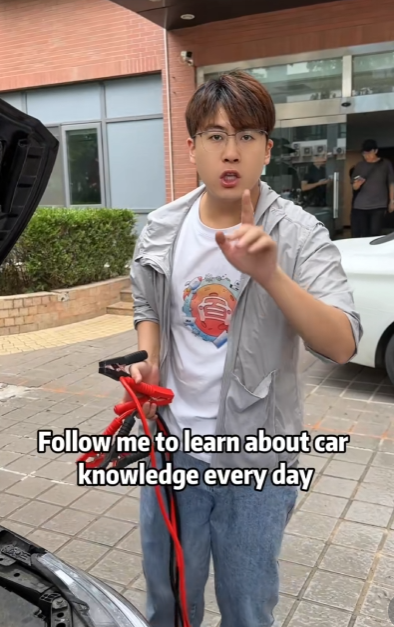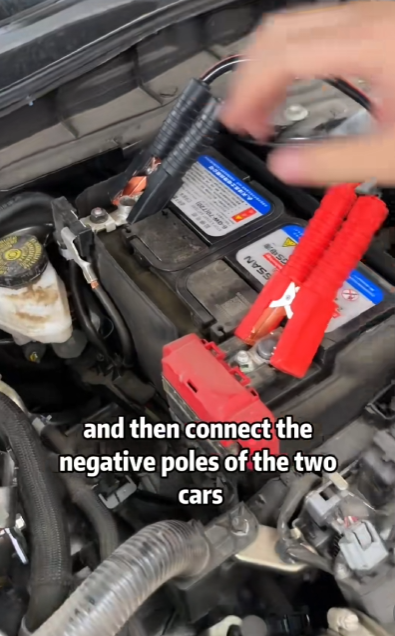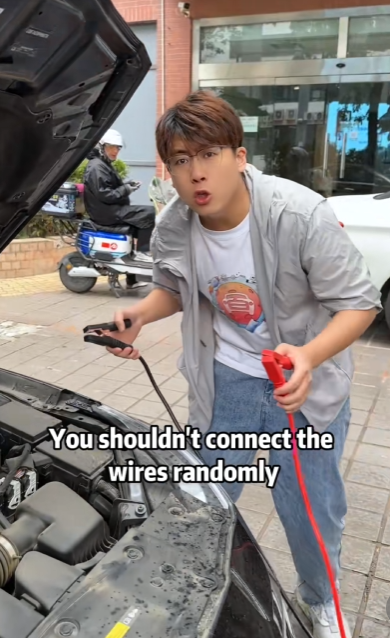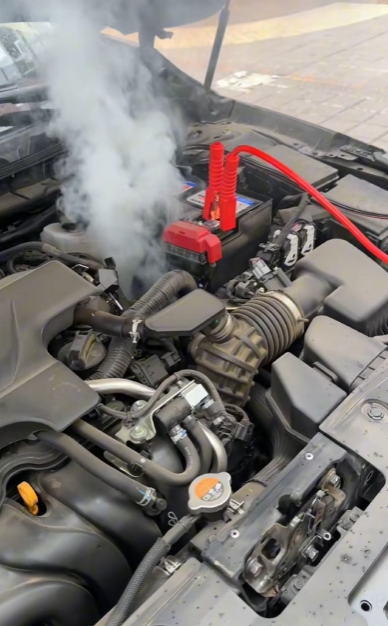
Modern cars are packed with electronics, from the engine control unit (ECU) to the infotainment system, sensors, lighting, and safety mechanisms. Behind the scenes of all this technology lies a web of circuits and wiring that powers everything. But here’s a surprising truth: 99% of people don’t know how to connect car circuits properly—and that lack of knowledge can lead to expensive damage, safety issues, or unnecessary visits to a mechanic. This article aims to shed light on the basics of car circuitry, so that even beginners can get a foundational understanding.
What Are Car Circuits?
Car circuits are networks of electrical wiring and components that allow electricity to flow from a power source (usually the car battery) to various devices like lights, wipers, fans, and the ignition system. These circuits use a combination of wires, fuses, relays, and connectors to distribute electrical energy safely and efficiently.
Each system in the car—lighting, ignition, radio, sensors, charging system—has its own electrical path, controlled by switches and monitored by the ECU. If any part of the circuit fails or is improperly connected, that system won’t work or could be damaged.

Why Most People Get It Wrong
The reason so many people don’t know how to connect car circuits is simple: it’s not taught in schools, and it’s not something the average car owner ever thinks about—until something goes wrong. Modern vehicles are also more complex than older models, making do-it-yourself repairs more intimidating.
Many people also make the mistake of thinking car wiring is just like plugging in a lamp at home. But car circuits run on DC current, have specific grounding requirements, and involve delicate electronics that can easily be fried if not handled correctly.
Basic Tools You’ll Need
Before you even think about touching your car’s wiring, make sure you have the proper tools:
- Multimeter – to test voltage, resistance, and continuity
- Wire stripper/crimper – for cutting and preparing wires
- Soldering iron (optional) – for permanent, clean connections
- Electrical tape or heat shrink tubing – for insulation
- Wiring diagram – usually found in your car’s service manual
- Fuse puller – to safely remove fuses
- Test light – to check circuits without a multimeter
Safety gear like gloves and eye protection is also recommended. Always disconnect the negative terminal of your battery before working on any electrical system.

Understanding the Car Circuit Basics
Here’s a simple breakdown of how a basic car circuit works:
- Power Source: The 12-volt car battery provides electricity.
- Switch: Turns the circuit on or off (e.g., your ignition key or headlight switch).
- Load: The device that uses power (e.g., a bulb, fan, or ECU).
- Ground: Electricity must return to the battery through the vehicle’s metal body or a ground wire.
- Protection: Fuses or relays prevent overload or short-circuiting.
Each wire must be connected properly, with the correct polarity, and routed to avoid heat or abrasion.
How to Connect a Simple Car Circuit (Example: Installing LED Lights)
Let’s say you want to install LED strip lights in your car’s interior. Here’s how to connect the circuit safely:
- Plan Your Setup: Decide where to place the lights, where to pull power from (often the fuse box or accessory line), and where to ground it.
- Test the Power Source: Use a multimeter or test light to find a 12V source that turns on with the ignition or when doors open.
- Connect the Power Wire: Strip a small section of the wire and use a crimp connector or solder it to the LED power wire.
- Connect the Ground Wire: Find a metal bolt connected to the car’s chassis, loosen it, and attach the ground wire securely.
- Fuse It: Always run your power through an inline fuse. If anything shorts, the fuse will blow before damaging the system.
- Test the Lights: Before tucking wires away, test to ensure everything works.
- Secure and Insulate: Use heat shrink tubing or tape to insulate connections, and zip ties to keep wires in place.

Common Mistakes to Avoid
Even skilled DIYers sometimes make mistakes. Here are some of the most common errors people make when connecting car circuits:
- Skipping the fuse: This puts your system at risk of fire or damage.
- Improper grounding: A poor ground can cause flickering, failure, or ECU errors.
- Tapping the wrong power source: Not all 12V lines are equal; some may cut off unexpectedly.
- Poor insulation: Bare wires touching metal or each other can cause shorts.
- Mixing wire gauges: Using wires that are too thin for the current load can overheat and melt.
Advanced: Reading a Wiring Diagram
Once you’re comfortable with the basics, learning to read a wiring diagram is your next step. This lets you trace complex systems like stereo wiring, ignition circuits, or airbag systems.
Key symbols to know:
- Straight lines = wires
- Open/closed switch symbols = control points
- Ground symbol = where the circuit returns to the body
- Fuses and relays = protection devices
- Connectors = labeled with numbers or letters to show where things join
A wiring diagram will tell you what color wire goes where, what components are in the system, and how it all connects. It’s like a roadmap for your car’s electronics.

When to Call a Pro
Some things are better left to professionals—especially when dealing with airbags, ECU systems, or complex sensors. If you’re not confident, or if the issue involves the car’s computer, don’t risk it. One wrong move could cost hundreds—or even disable the vehicle.
Final Thoughts
The truth is, connecting car circuits isn’t rocket science, but it does require attention to detail, safety, and some basic electrical understanding. Most people simply don’t try, or they rely too heavily on guesswork. But with the right tools, a good wiring diagram, and a cautious approach, you can install lights, fix broken switches, or even hook up a new sound system yourself.
Next time your car has an electrical issue—or you’re planning a fun upgrade—remember: you don’t have to be in the 99% who are clueless about car circuits. A little knowledge goes a long way, and it might just save you time, money, and a trip to the mechanic.
Bonus Tip: If you’re just starting out, practice on a 12V circuit board or a junk car. Get a feel for how current flows and what goes wrong when things aren’t connected properly. It’s like learning to ride a bike—once you get the hang of it, it opens up a world of possibilities.



